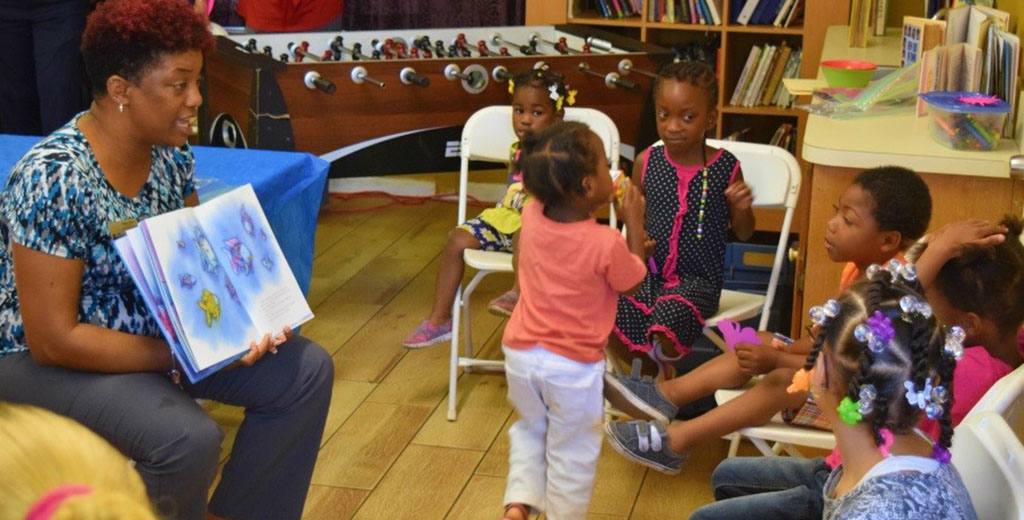 Nowadays, it's possible to observe many different types of families. While many children live with two parents, other family types have become much more common. Children can have family relationships with step-siblings, adoptive parents, adoptive siblings, two moms or two dads, a single parent, half-siblings, grandparents raising grandchildren, and others.
Nowadays, it's possible to observe many different types of families. While many children live with two parents, other family types have become much more common. Children can have family relationships with step-siblings, adoptive parents, adoptive siblings, two moms or two dads, a single parent, half-siblings, grandparents raising grandchildren, and others.
Communicating With Your Child
Even in the best of circumstances a family that is different to others can be hard on a child. There may be teasing at school, awkward silences or uncomfortable stares. When a family tries to hide differences from a child, she may sense something is wrong. Filling in with her imagination may be worse than the truth: "Mommy must be sick." Other children may find their situation shameful and feel there is something “wrong” with their family and with themselves.
Your child needs to know that he is safe and secure in his family. Try to be aware of and respond to his feelings. Acknowledge how much you love him and be open and truthful about the differences in your family. Your child will fare best when there are no secrets and he can ask questions.
Acknowledge your child's fears and help him talk about his thoughts and feelings. Be patient and supportive as problems come up at school or at home. Be honest with your child about your own feelings and recognize your child's challenges in being a part of your family. Reassure him that you can handle these challenges together.
Ages and Stages
For the most part, children don't begin to really notice differences until preschool age. Often children will simply describe what they see - Jessica's skin is brown or Ben lives with two moms and no dad. You can simply agree with your child's observation; "You're right. He lives with his grandparents and you live with your Mom and Dad."
In elementary school children begin to understand that being different has consequences. Your child may be experiencing what it is like to be the only one to have a family like hers. She may feel embarrassed or angry or withdrawn. Try to be as responsive as possible by initiating discussions. Ask her if there has been any teasing lately, or if there is anything you can do to make the situation more comfortable for her. Remind her you are always available to talk.
The School or Child Care Connection
Don't overlook making your child's teacher or child care provider aware of your family situation. Sometimes it's difficult to confide in others, but caregivers can provide support and may be able to direct you to helpful resources.
Your child's caregivers should be informed of any major change or event in your child's life. This is extremely important in terms of who is able to pick your child up at the end of the day. They also can observe and report any changes of behavior in your child, although not every behavior should be treated as a problem due to your family situation.
Good communication is essential as you take time to assess your child's emotional needs. Remember that your child's school or child care placement provides the routines and consistency he needs.
Transitions
While some children spend all their lives in the same family, still others must adjust to divorce, remarriage, foster care, new siblings, or other changes in living arrangements that can be very unsettling. While every family situation is unique, there are certain steps you can take to help you and your child handle the challenge.
- Prepare Your Child - talk about an impending change a few days ahead of time and keep it positive.
- Routines - as your family adjusts to change, try to keep familiar weekend schedules, mealtimes and other routines to provide a sense of sameness for your family.
- Comfort Items - for any child who might be apprehensive about going back and forth between two homes or is making a move, a favorite toy, blanket or even a special photo can ease the
- Quiet Time - whether your child is coming to visit, returning home again, or moving in, be sure to include settling in time to help her to adjust. Try not to ask endless questions but do give special one- on-one time by having a snack, unpacking a bag, or exploring your home.
- Space - reassure your child which room or part of a room is his, that his possessions will be safe and respected there, and that you will ensure him some privacy. Be sure he does not feel he is a visitor.
- Family Traditions - whether it's rituals you inherit or make up as you go along, families need their own traditions and customs to bind them.
- Counseling - there are many fine workshops or programs that can provide you with helpful tools and a deeper understanding of your family's needs.
Resources
- Noel, Brook. The Single Parent Resource. Beverly Hills: Champion Press,
- Artlip, Mary Ann and James A., and Saltzman, Earl S. The New American Family. Lancaster, PA: Starburst, Inc., 1993.
- Blau, Families Apart. New York, NY: G.P. Putnam's Sons, 1993.
- Engber, Andrea and Klungness, The Complete Single Mother. Holbrook, MA: Adams Media Corporation, 1995.
- The AARP Grandparent Information Center serves grandparents who are raising children, grandparents concerned about visitation rights, and grandparents wanting to have a positive role in children's lives. Check out AARP's Grandfamilies Support Resources.
- Foster Parent Associations (FPAs) offer a wide range of support and assistance to me The easiest way to find the FPA for your area is to contact your local Child Services office.
The Daily Parent is prepared by NACCRRA, the National Association of Child Care Resource and Referral Agencies.
© 2012 NACCRRA. All rights reserved.





